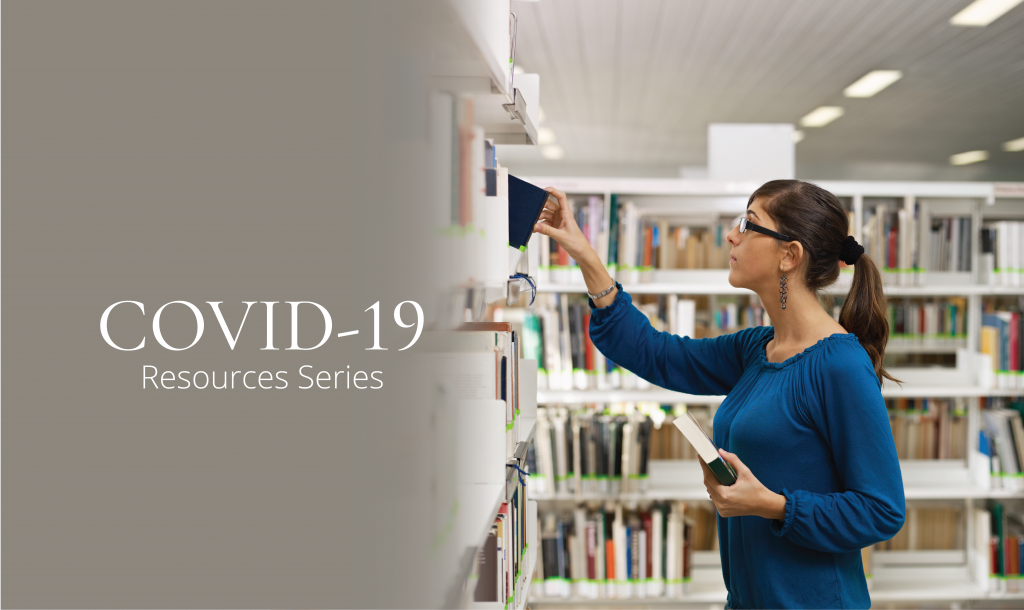
Libraries have written reopening plans focused on regional conditions that continually evolve, allowing services to move into a new phase. This approach of using conditions is preferred over assigning hard dates. Most of the library reopening plans use 4 to 6 defined phases to determine which conditions must be met to bring services back online or to offer new ones such as curbside drop-off and pickup.
The phases of the plan should provide your library leadership and staff a clear understanding of the preparation required to move to the next phase. The plan can and should designate the authority of those within the library to determine if the next phase has been reached. Library managers should map out the nuts and bolts of designing services within the guidelines of proper social distancing and protecting library employees.
The best approach for the start of the plan is to document the current state of the library and its services. Your plan should note everything that has happened to reach this point in time because your library might end up back in phase 1 if local conditions worsen. I will focus on some of the more technical aspects of library plans, particularly the areas of the library services platform (called an LSP).
Library reopening plans should have the following elements within the phase 1 of their plan, aka their current state. For example, the SWAN consortium current state includes the following changes to our normal operations:
The virtual services library, designed in phase 1, will likely continue for all phases of your plan. In fact, if you plan accordingly, these services could become permanent fixtures of your library.
Online library e-card registration is a service that might have been around and somewhat hidden within your library website. This is the time your library should promote it as a key part of keeping the library open online. Library e-card sign up tools exist via 3rd party solutions you can contact or within your library services platform.
Additionally, the library services platform can be utilized in ways to provide self-service tools to at-home library users. We have created lookup tools such as “forgot your card?” which is a secure lookup tool to help folks who have misplaced their card and would like to regain access to library services online.
Your virtual services will likely be heavily dependent on e-content expansion and integration of all your new online library users. This is where the most dedicated and determined efforts to build easy online access will finally begin paying off. Hopefully, your e-resources librarian has been quietly working behind the scenes to gather all of the subscription e-content into a single search interface. They may have also worked to eliminate as many barriers as possible so that accessing various online resources is not a poor mix of library card prefix matching for one resource and an insecure SIP2 authentication for another.
For example, we have focused on EBSCO Discovery Service as a single search index within Enterprise Discovery of online resources with additional support accessing those resources through OpenAthens. The use of the EduServ OpenAthens as a platform for authenticating users allows our at-home services to have a seamless, more secure method for granting access to library users.
Real-time authentication allows:
It is important within the phase 1 plan to eliminate as many blocks and barriers as possible that are preventing library users staying at home from using a service. The plan should consider leniency for individual library accounts that are denied service due to various ILS blocks and delinquent statuses, since those users cannot clear up fines in person at the library facility. Library reopening plans should also seek out ways to minimize handling cash and coins by library staff to uphold CDC guidelines.When making decisions that impact library operations, err on the side of patron service – remove blocks, reduce negative messaging. Examine what messages you want patrons to receive during these times of closure and limited service. Document the decisions you make to stop the wheels of your LSP. As you reopen services, you will need to reverse these gears.